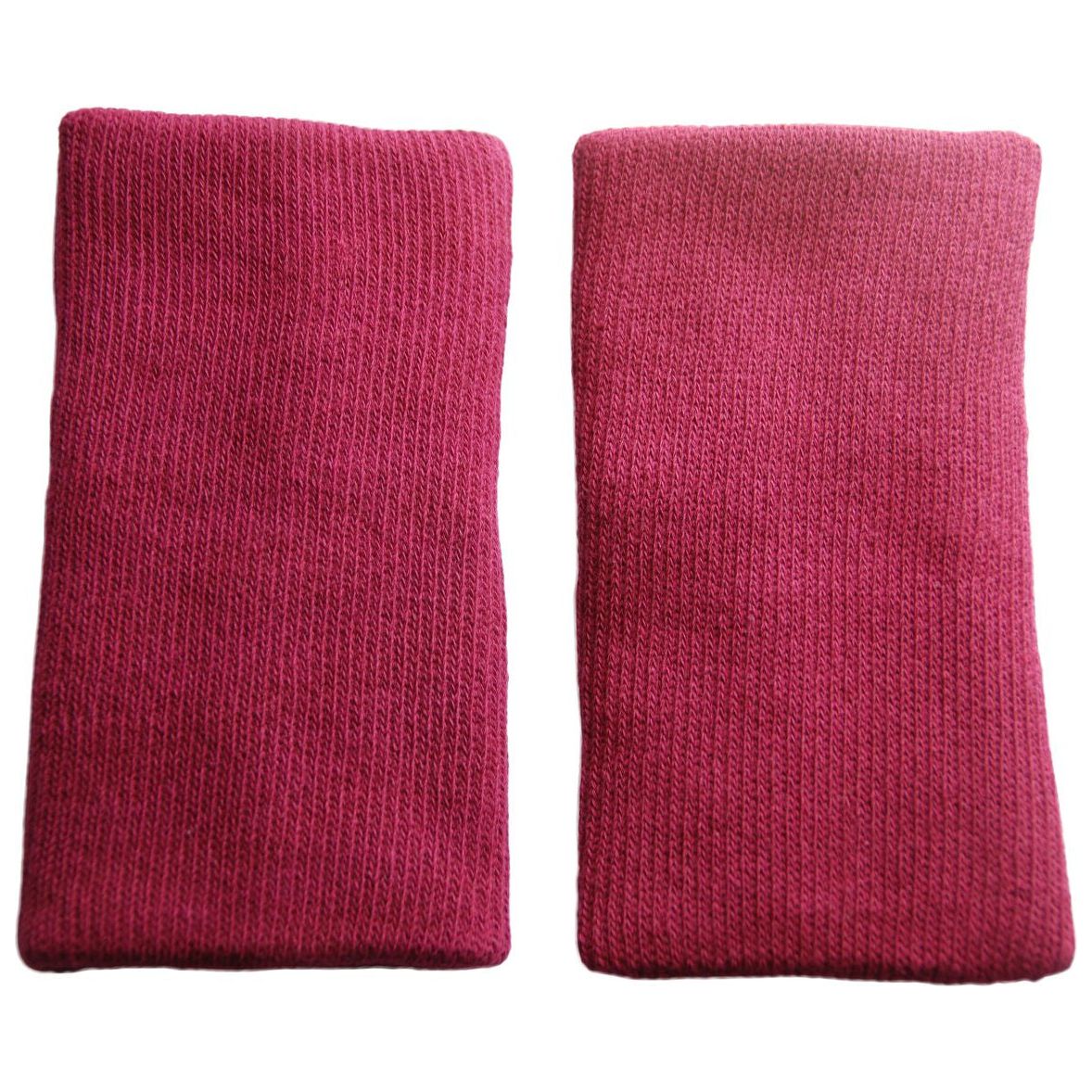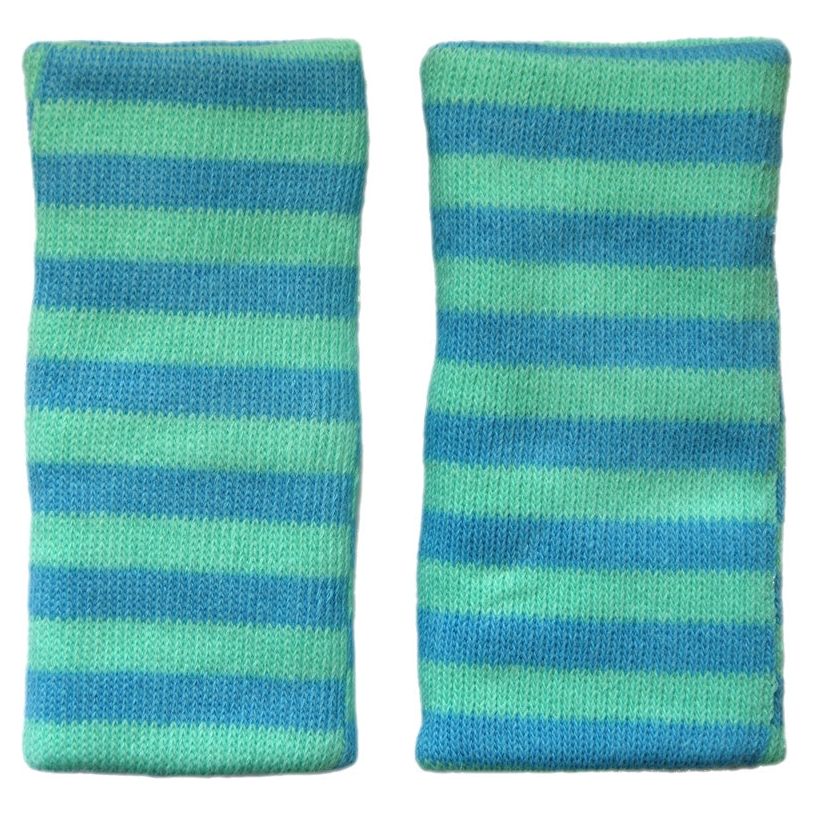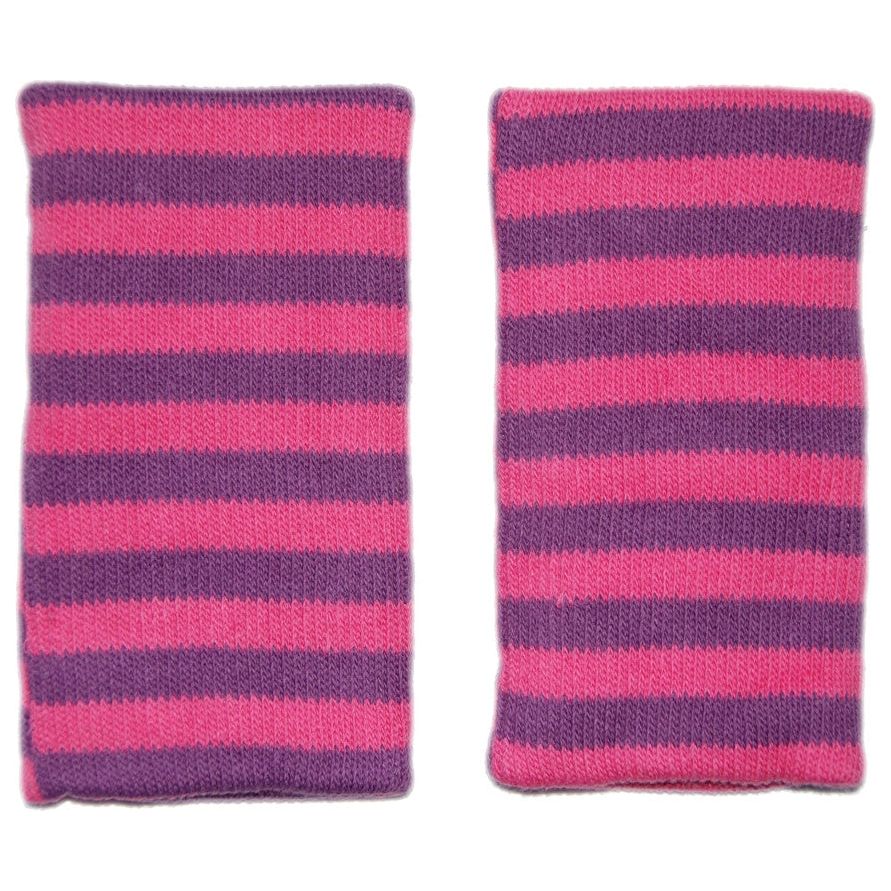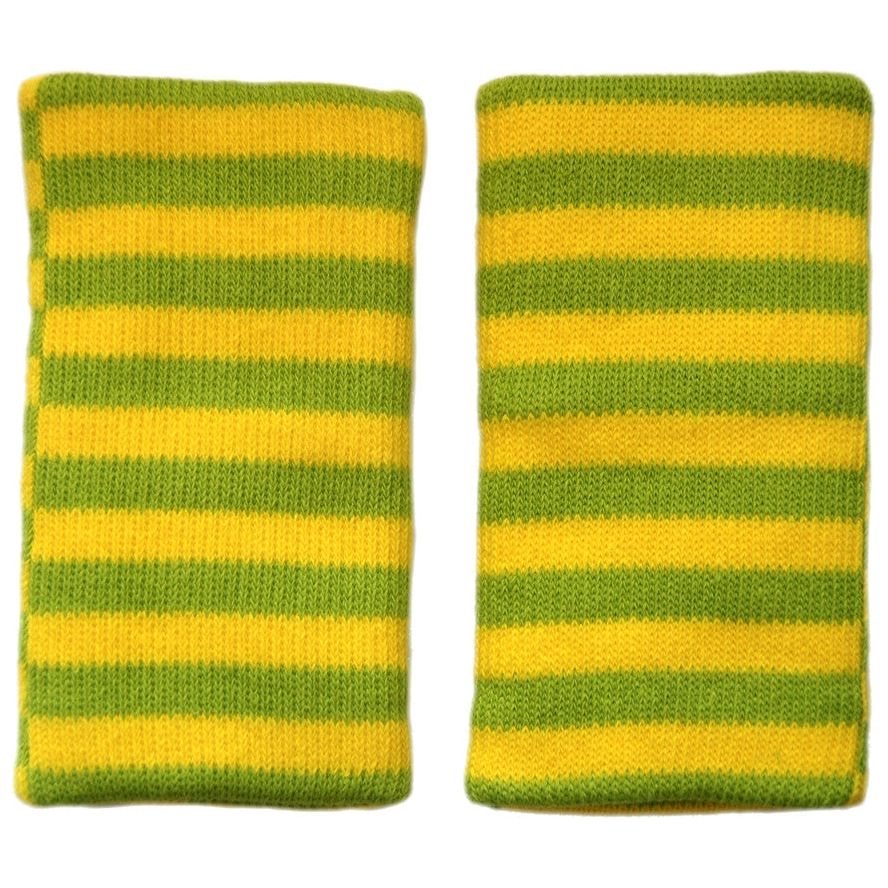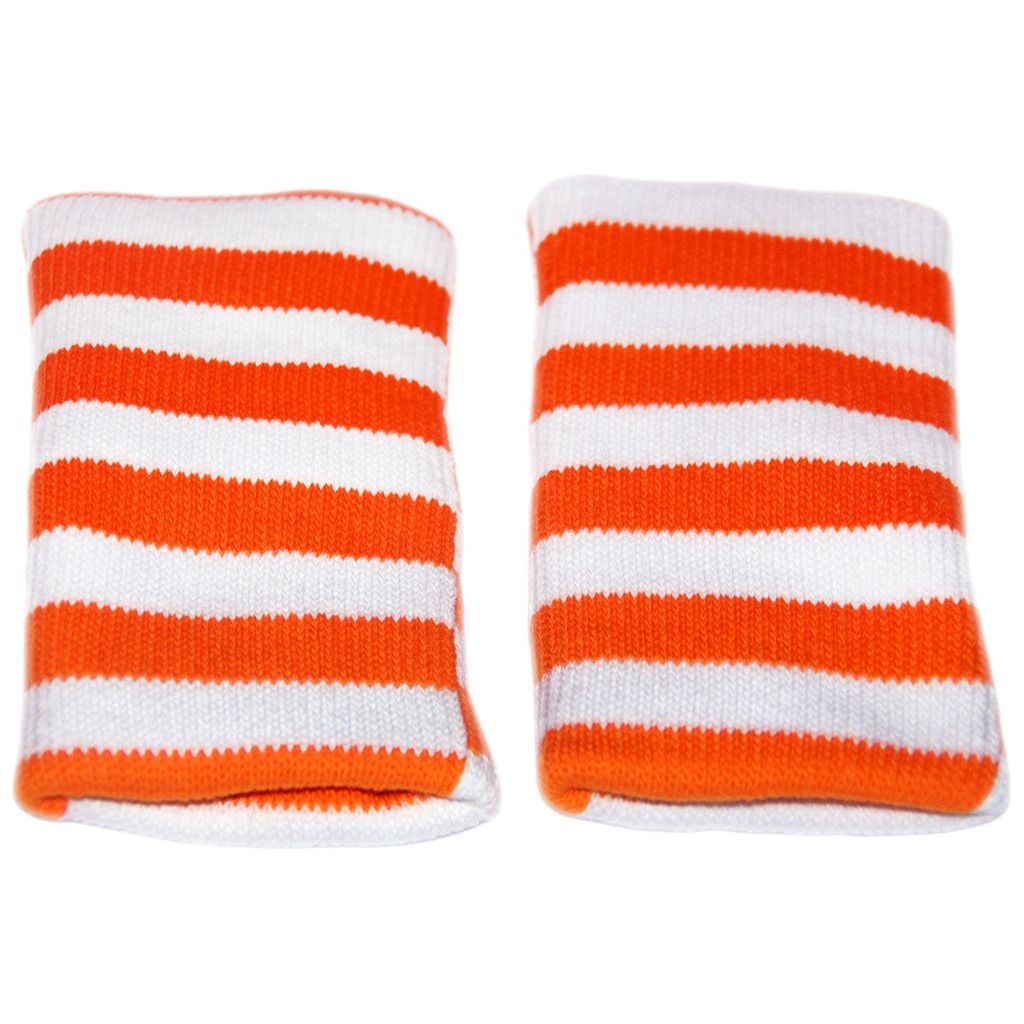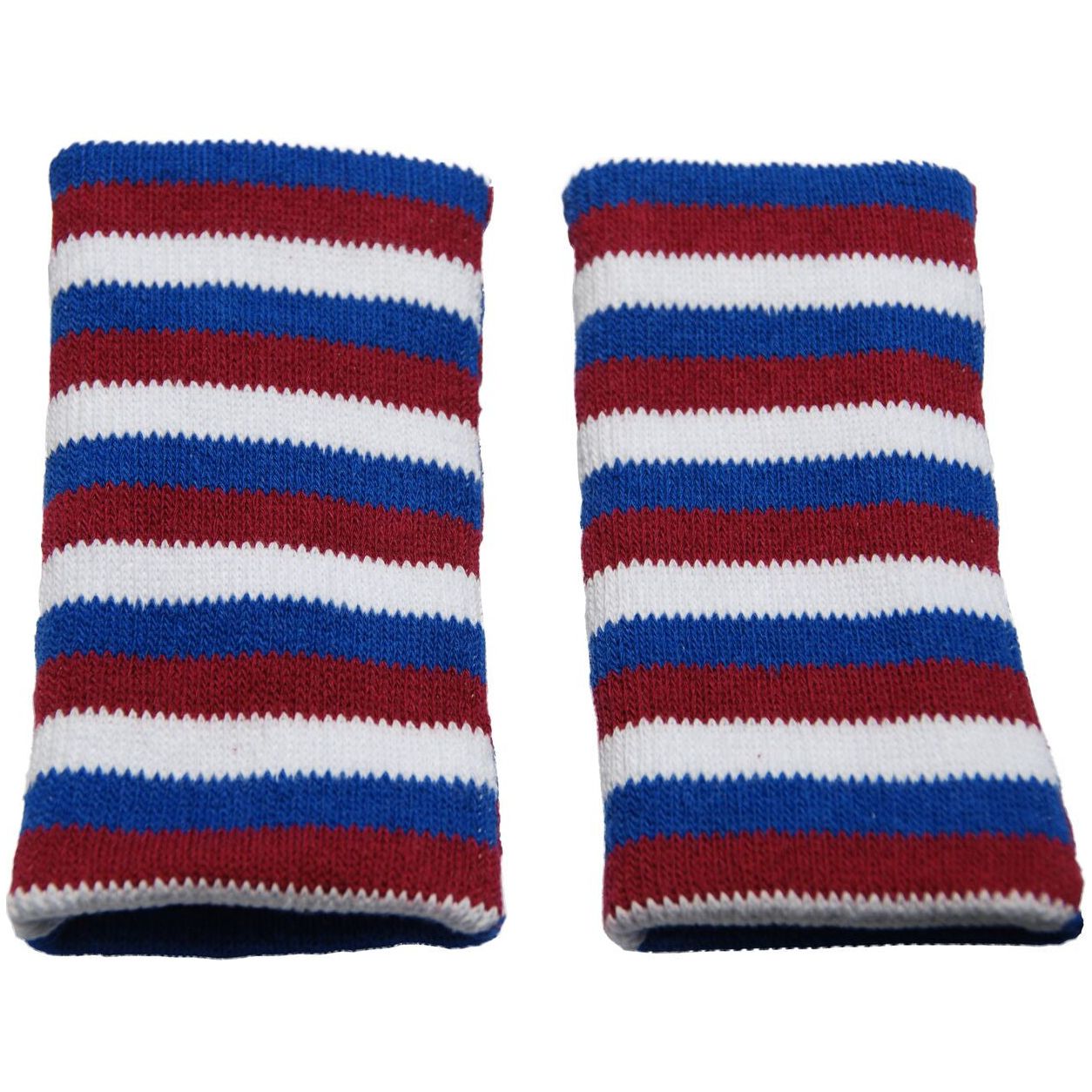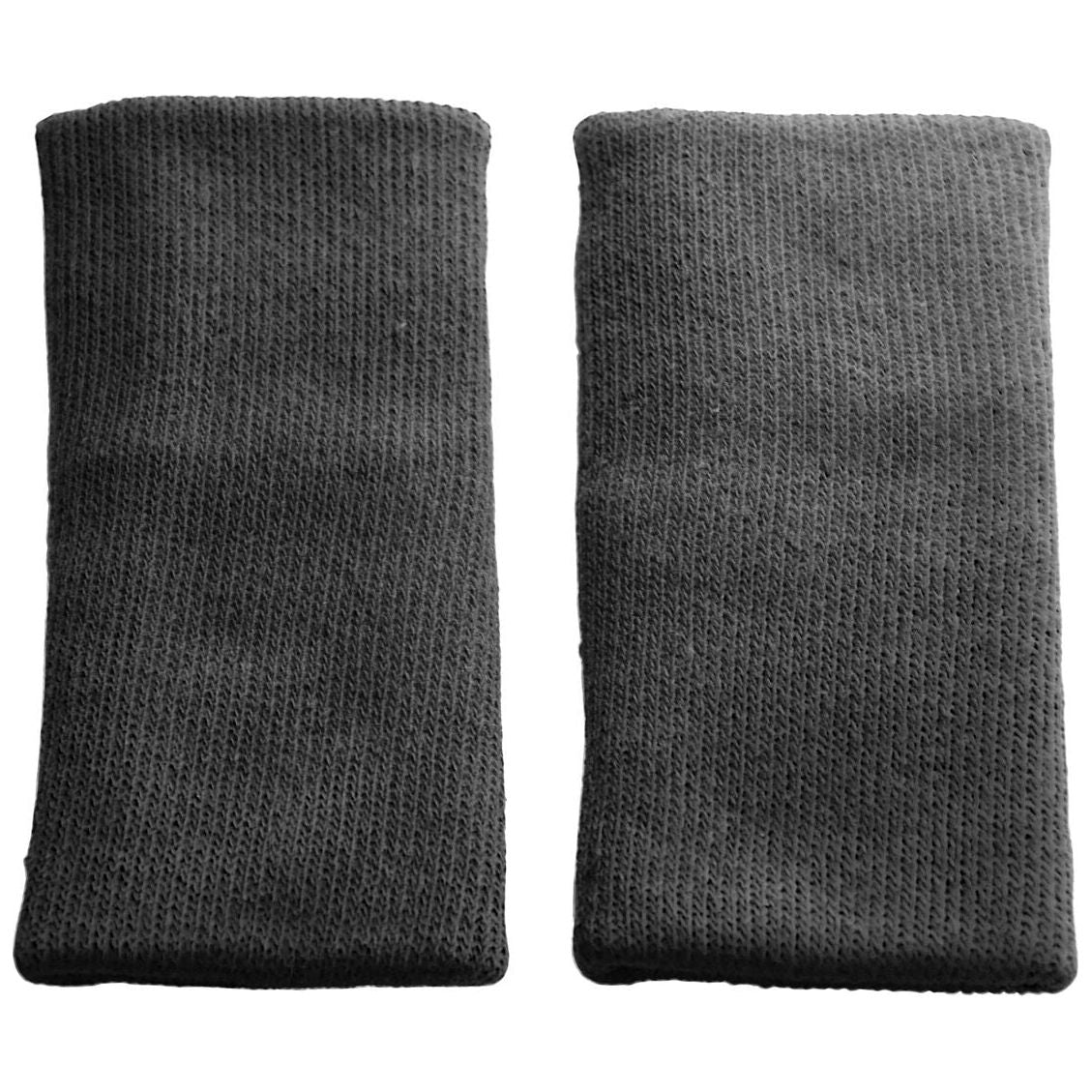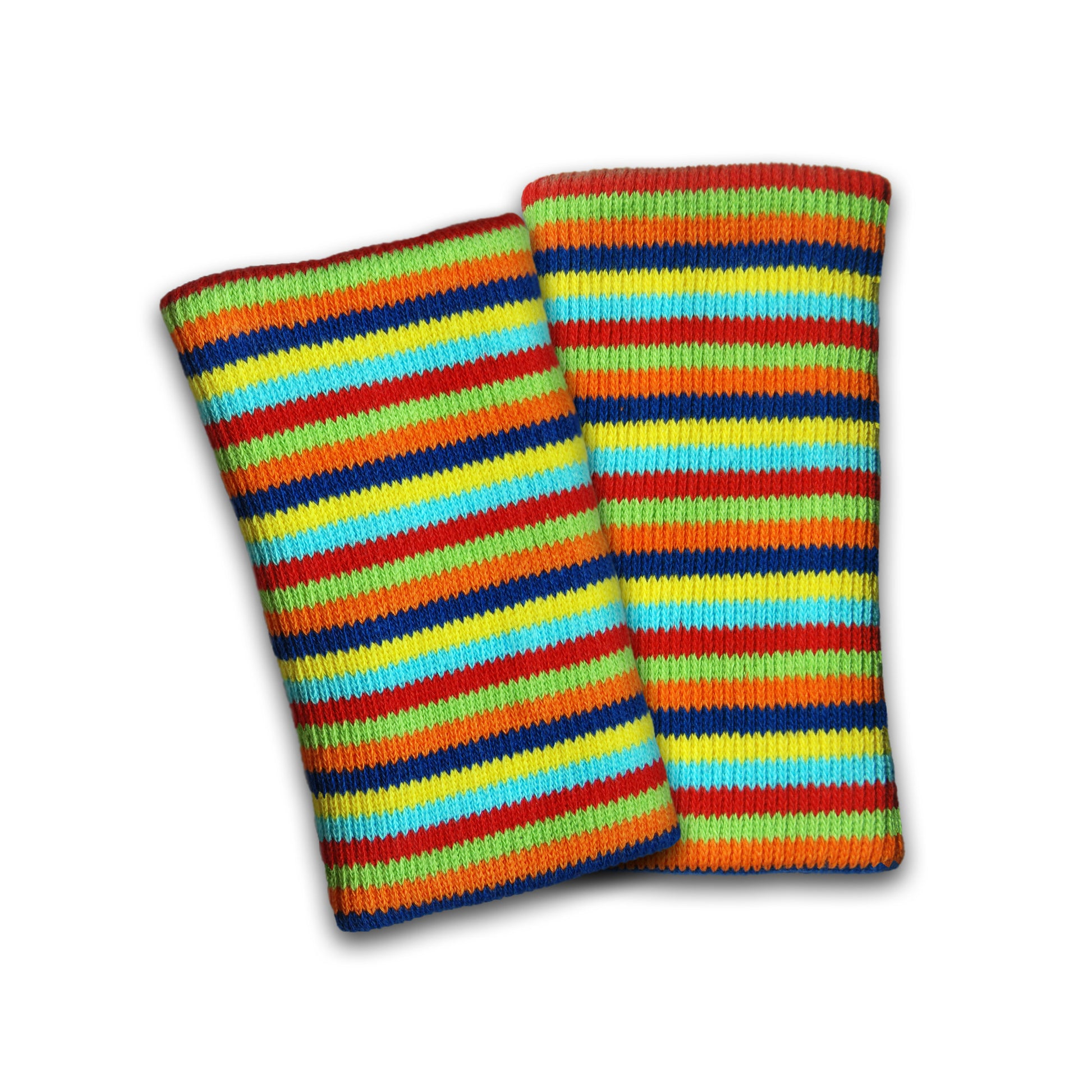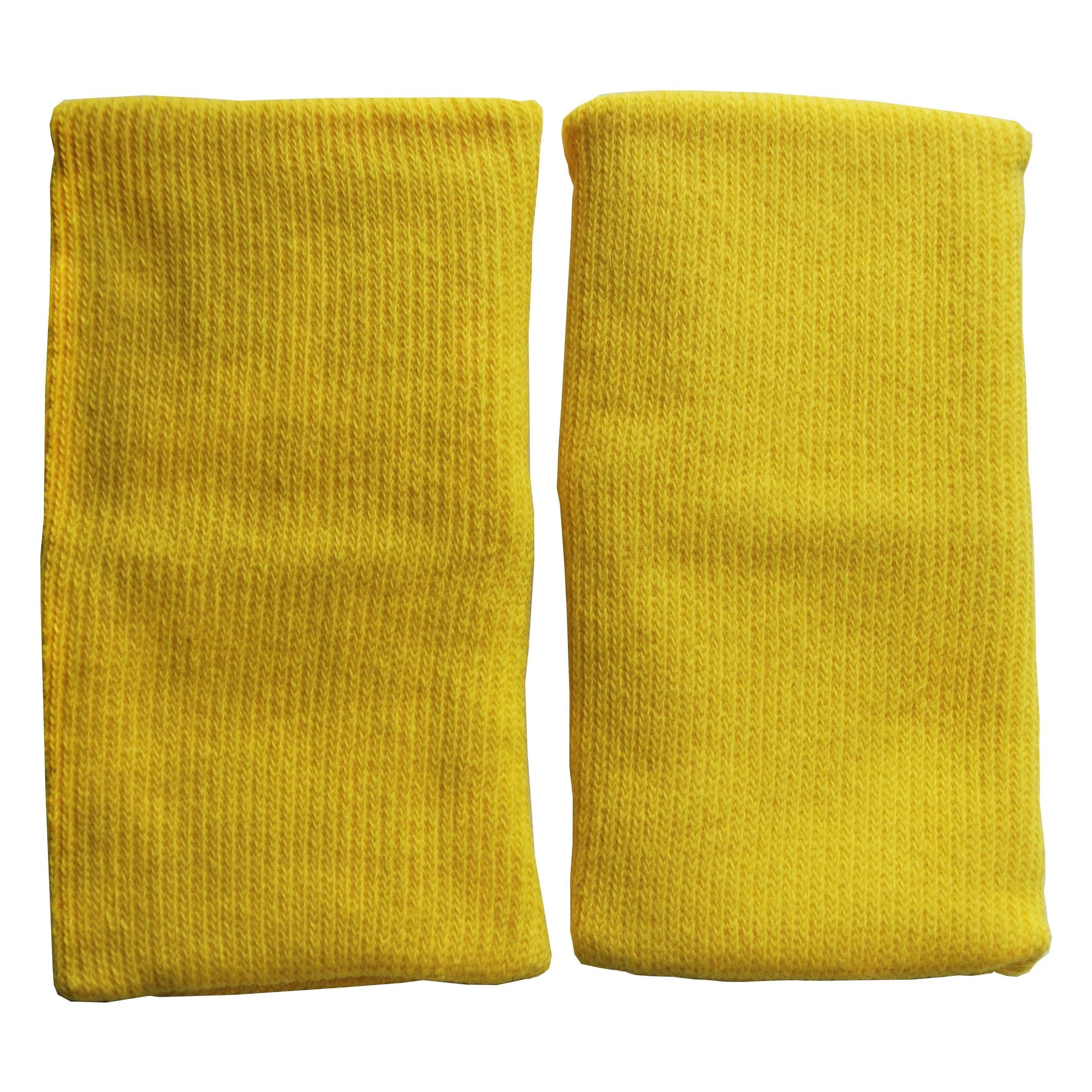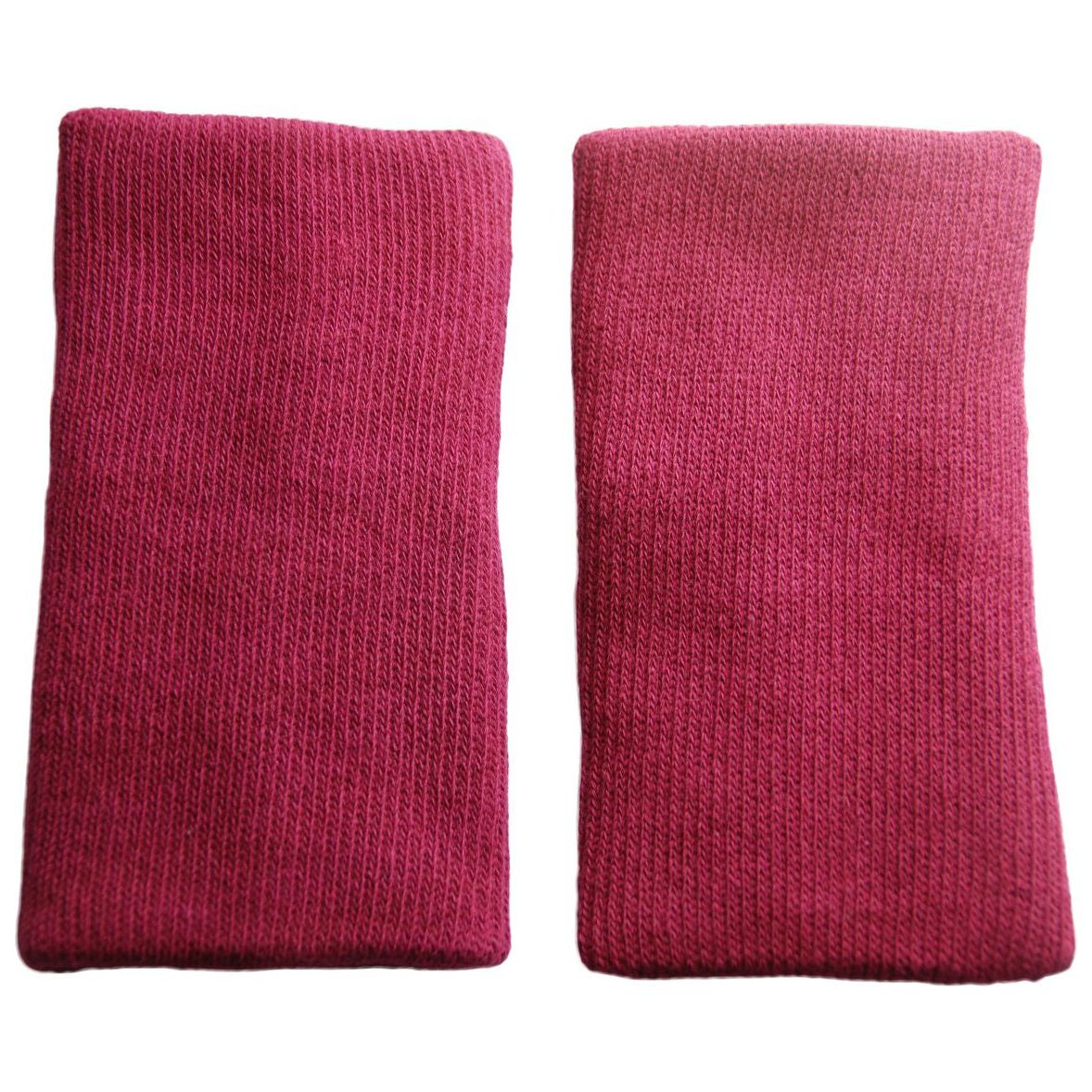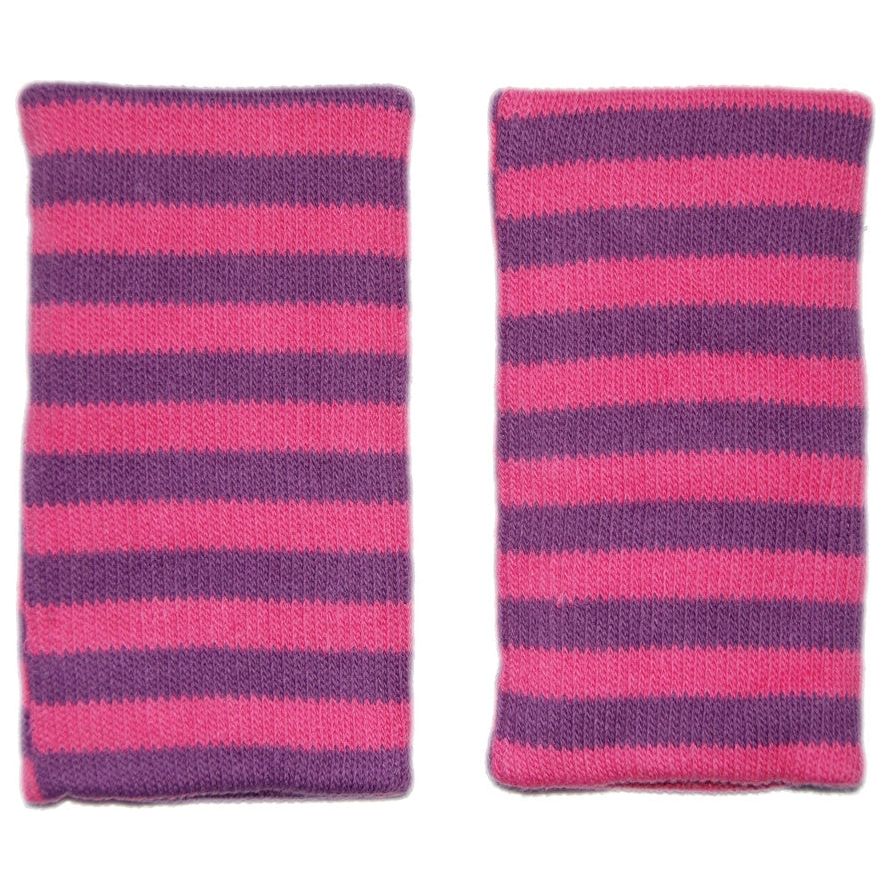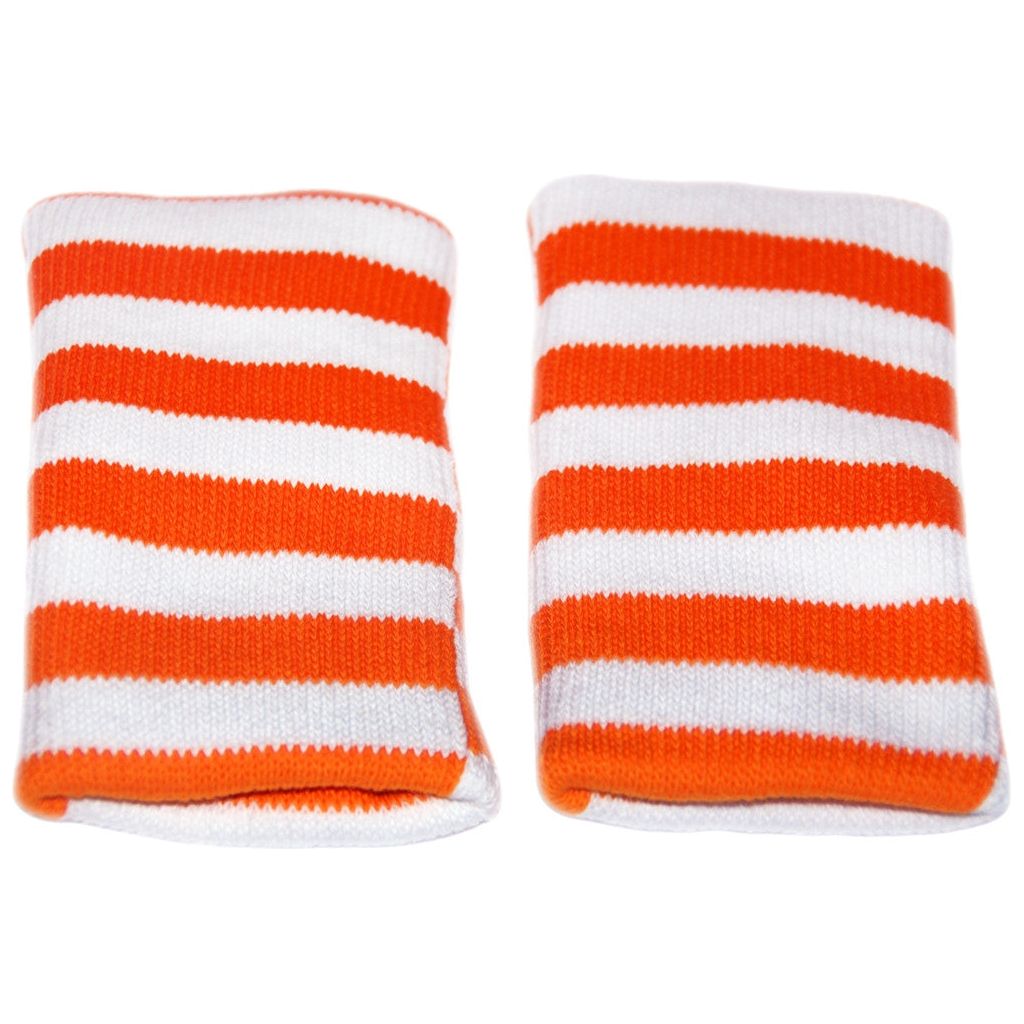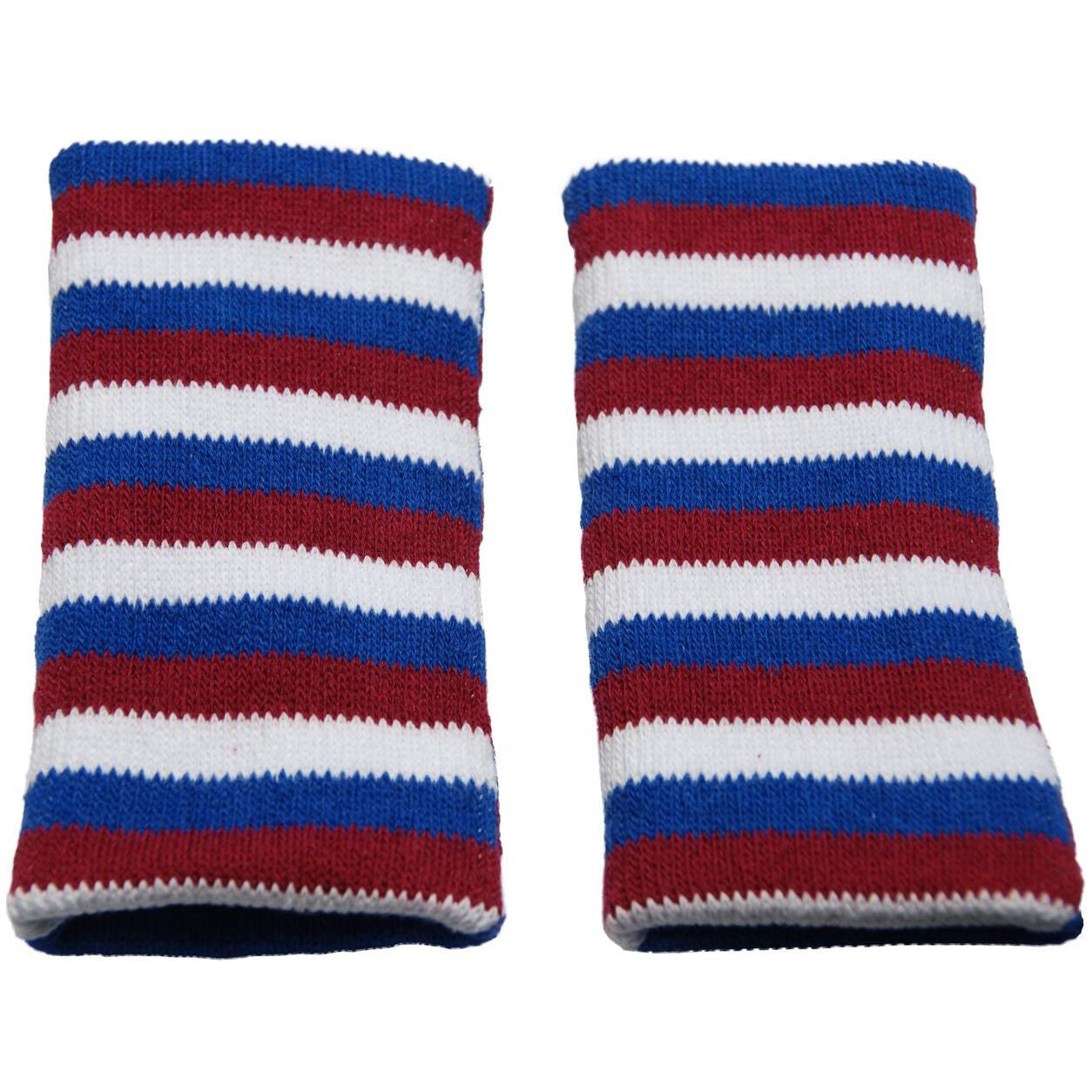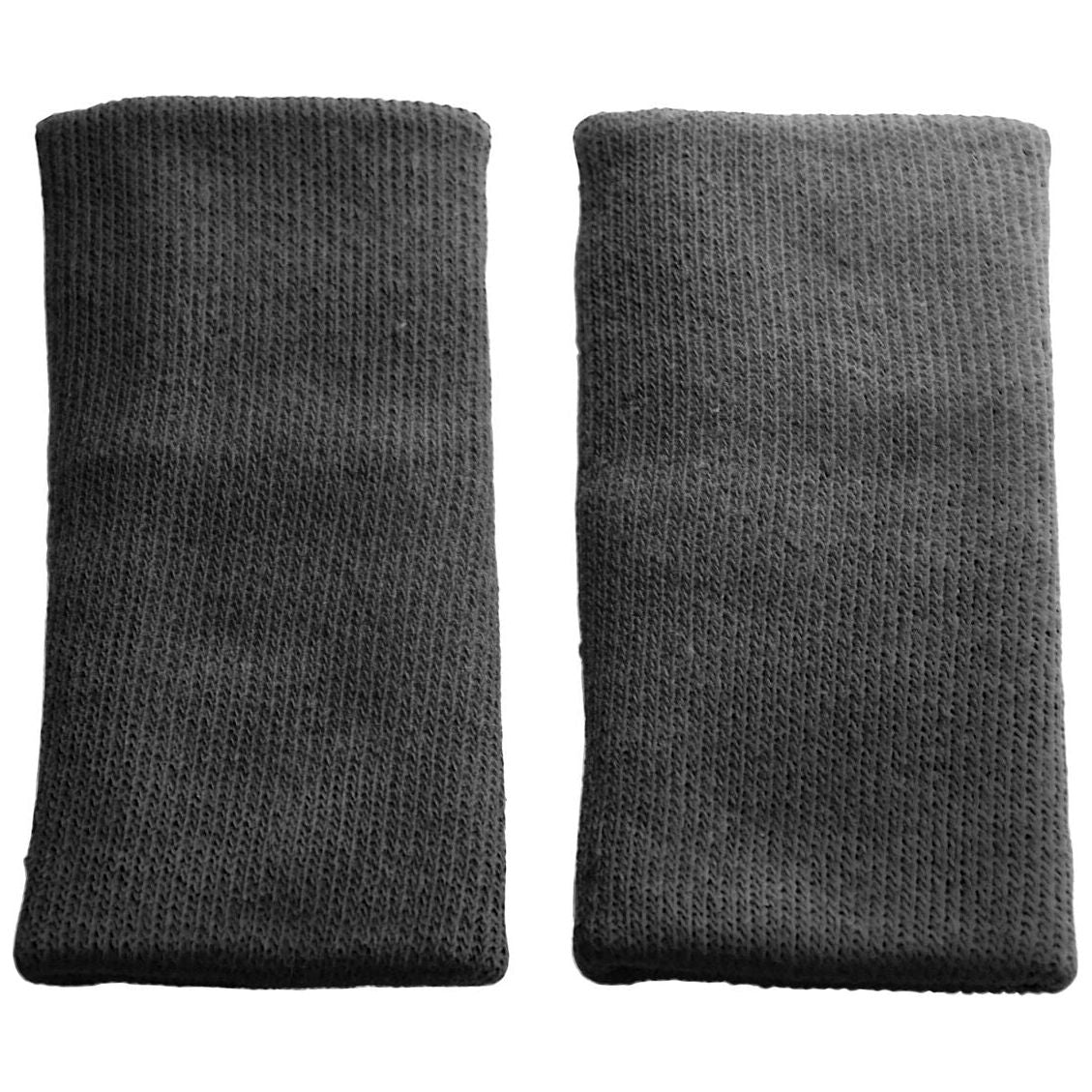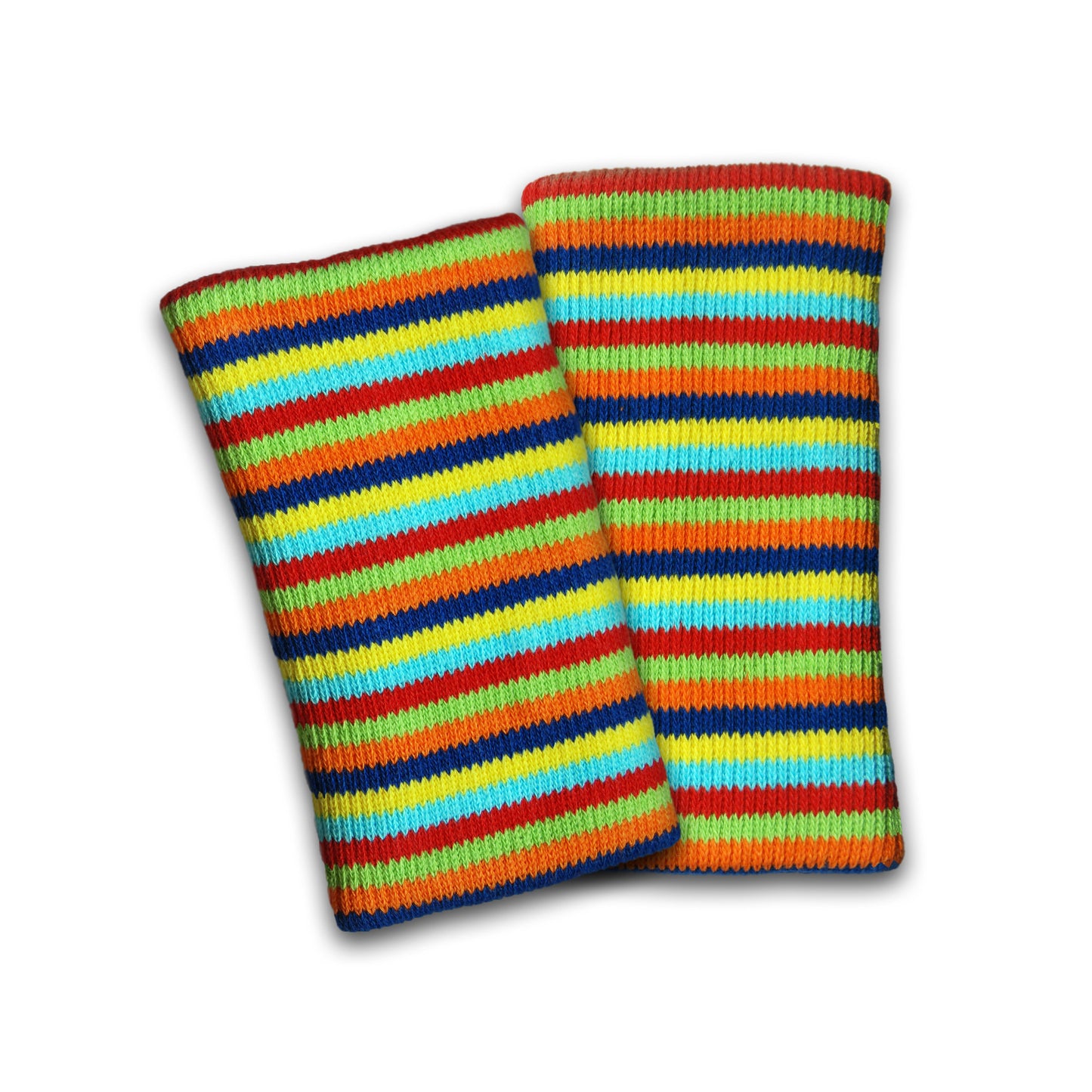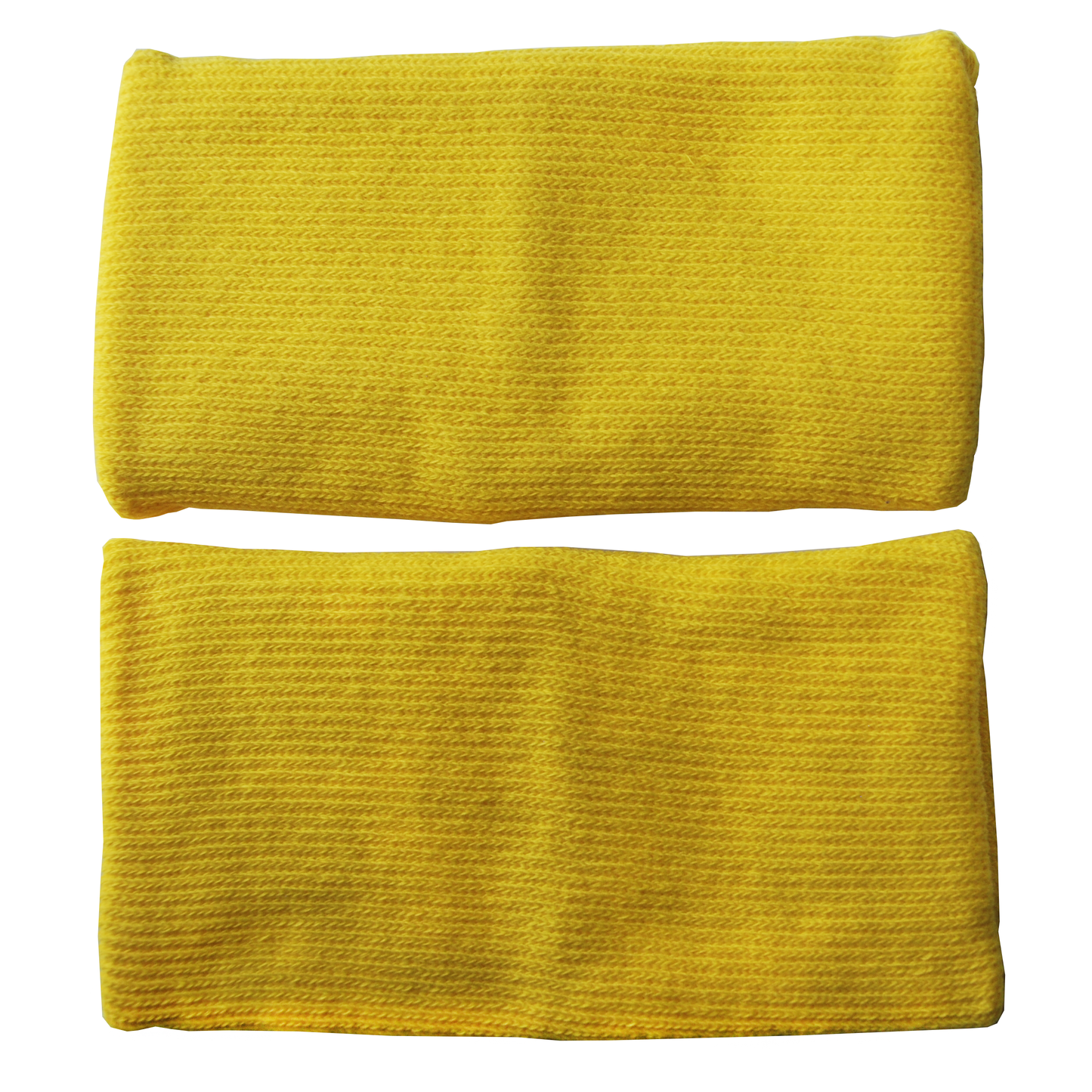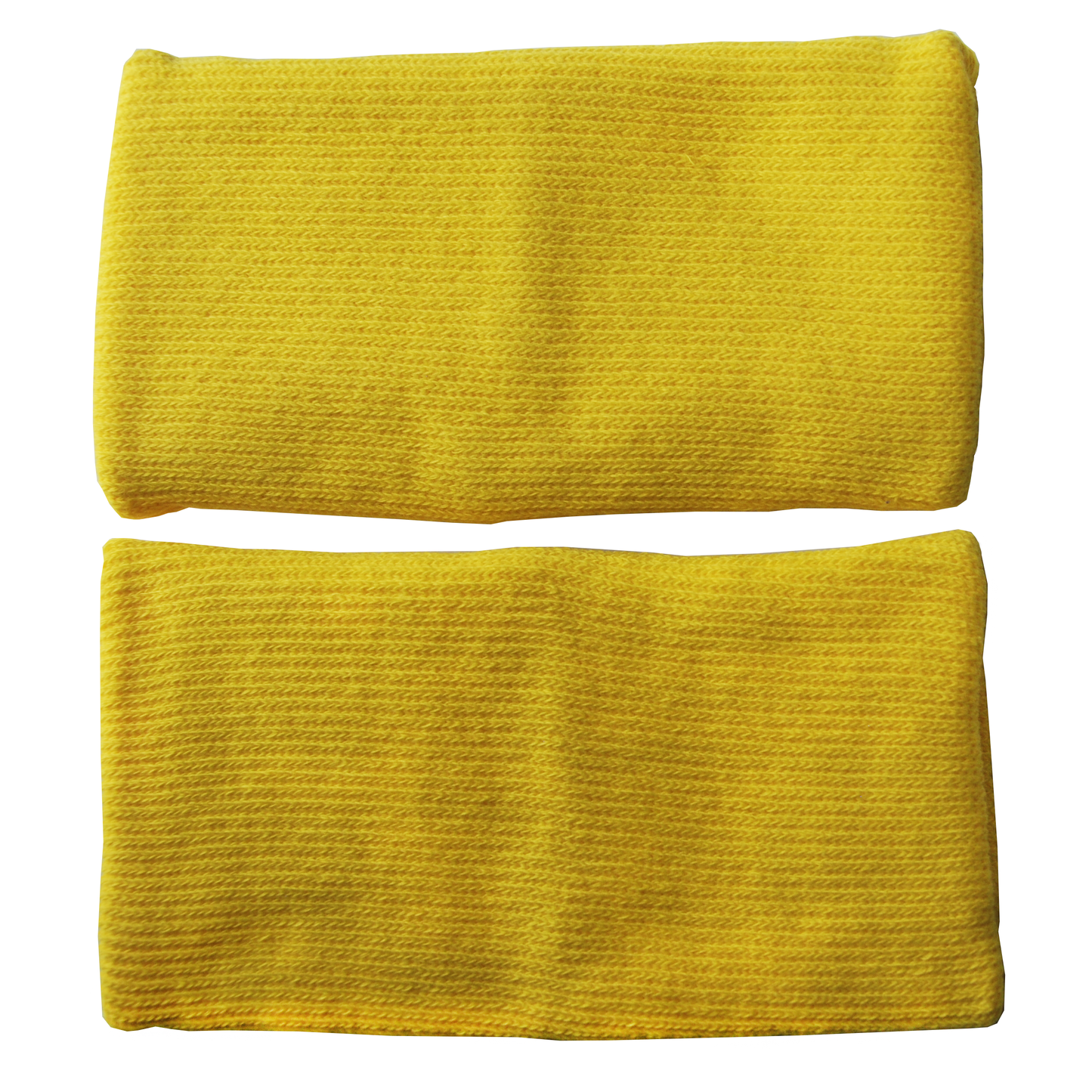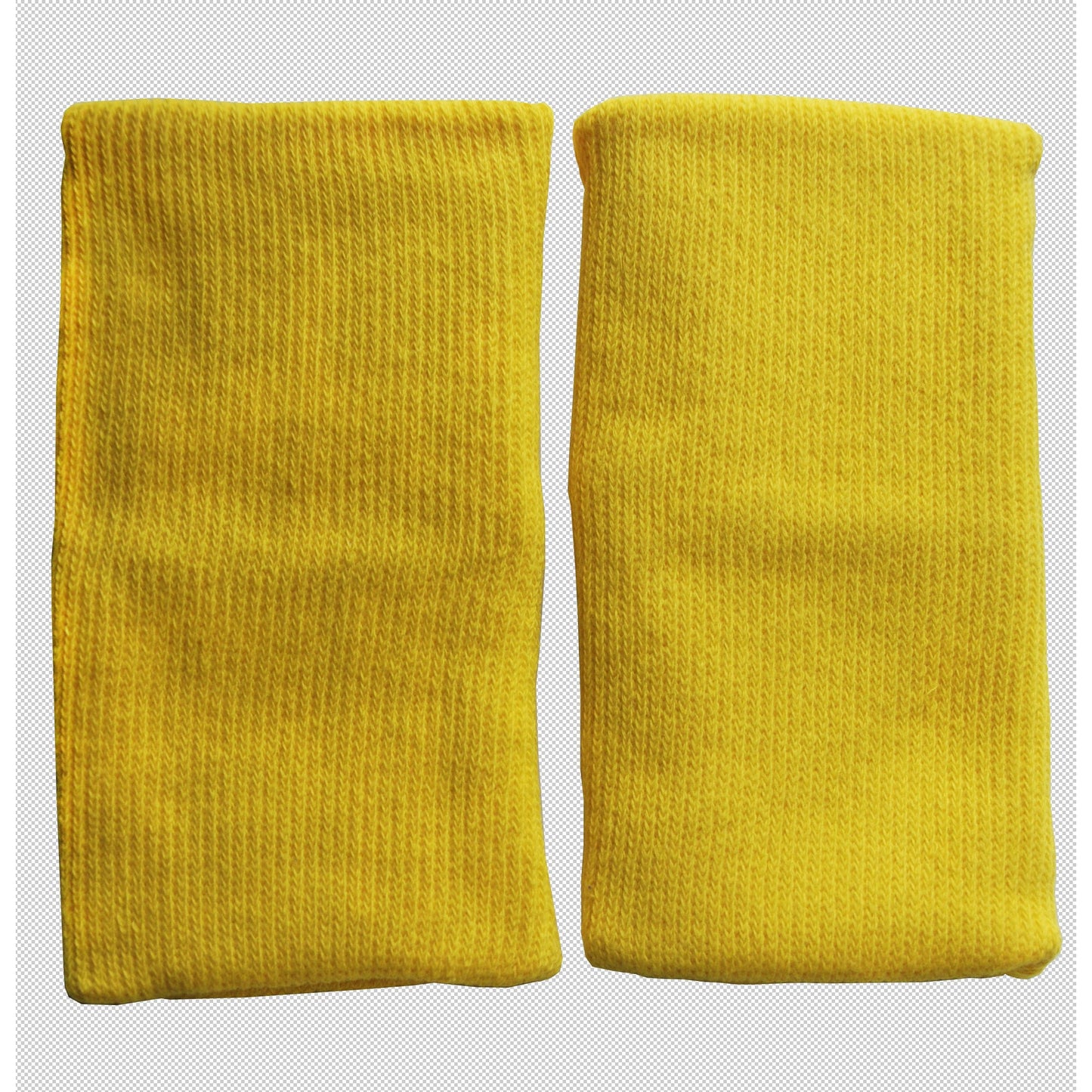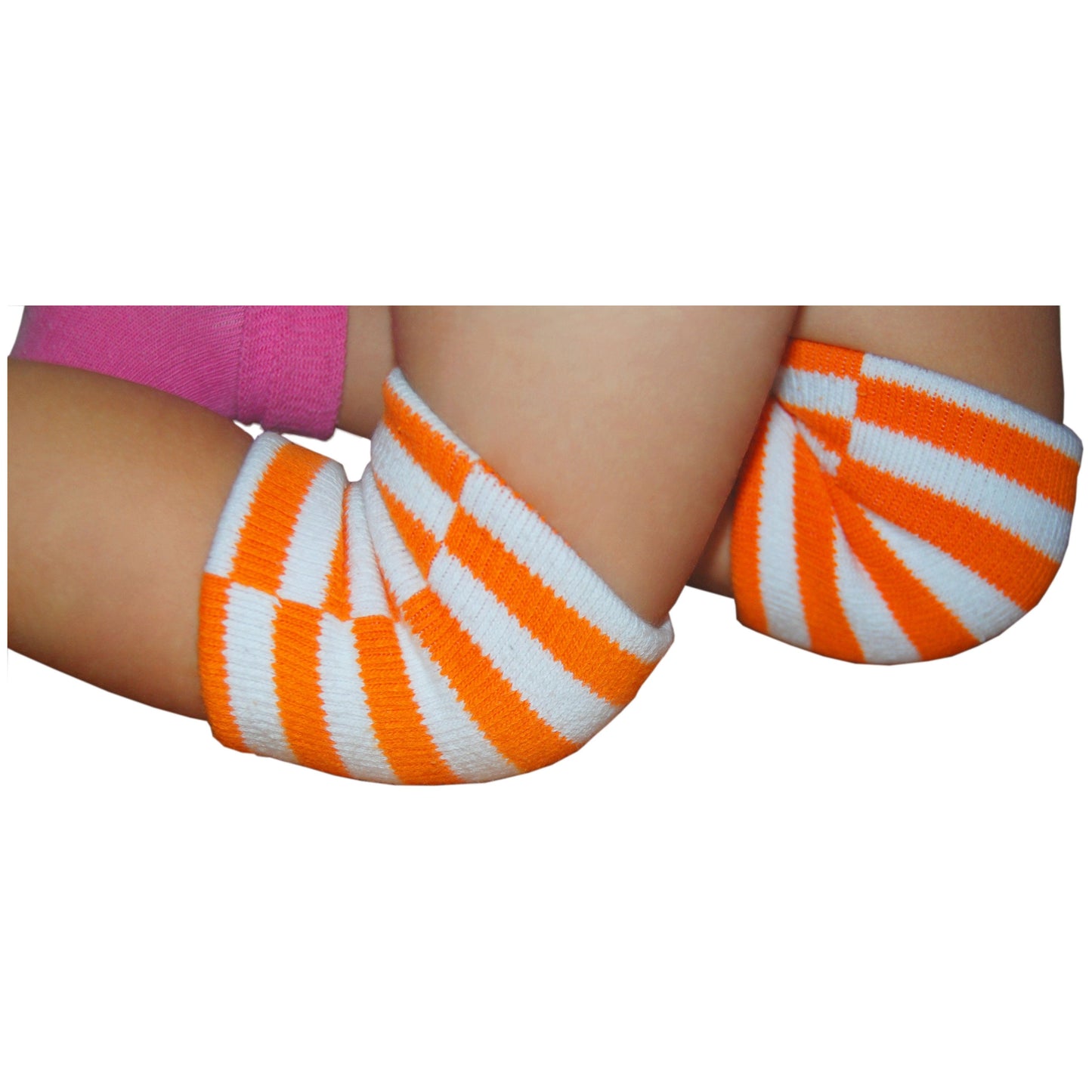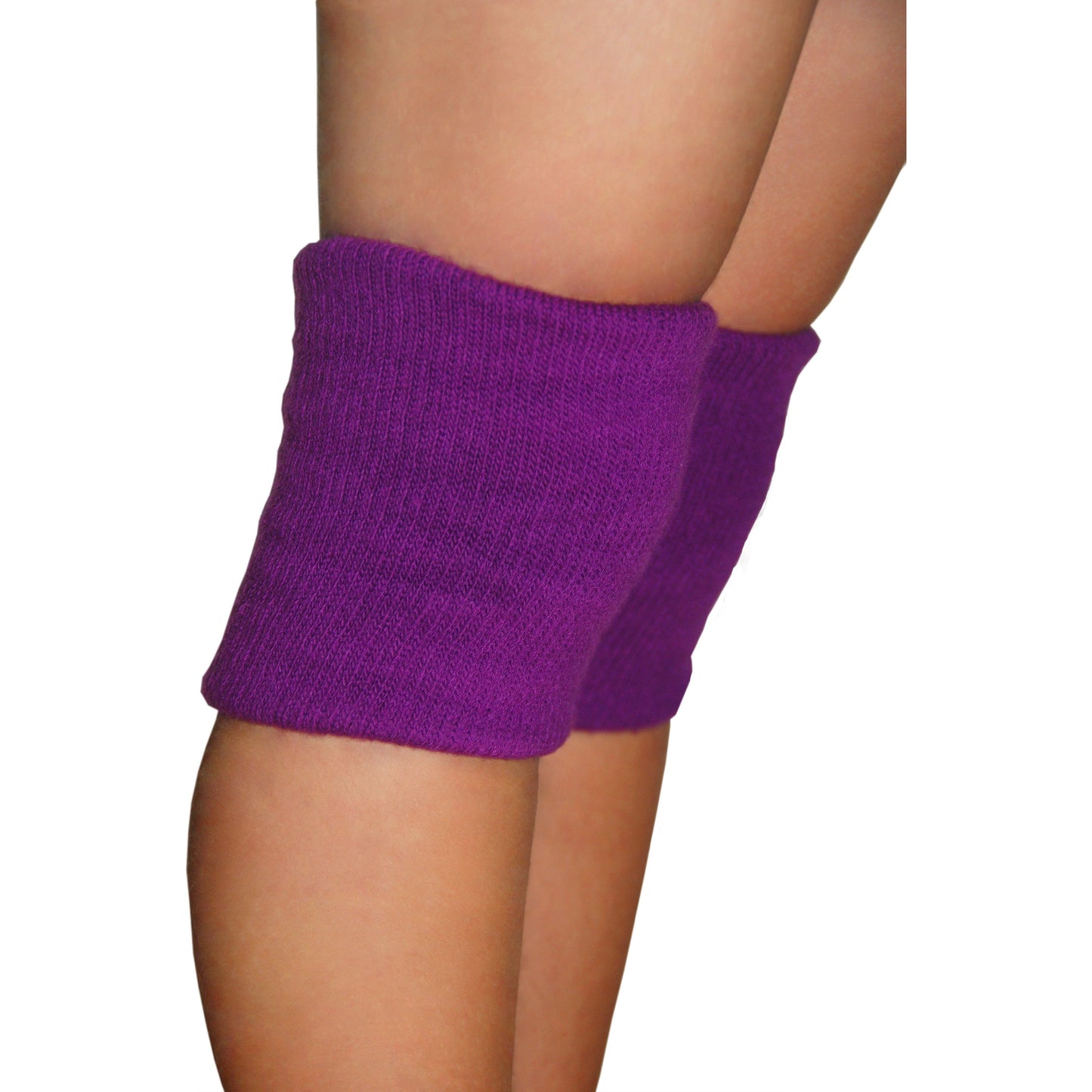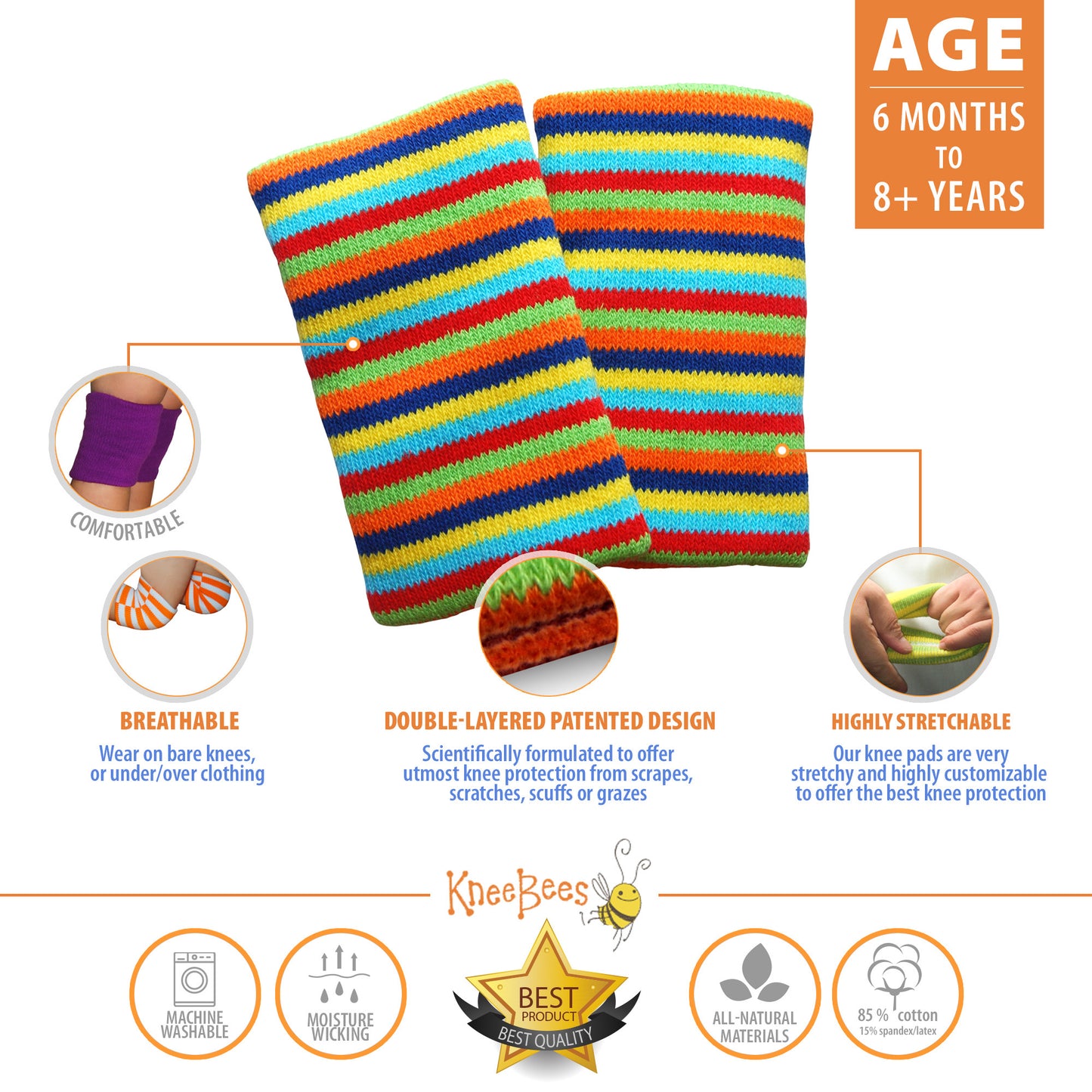Spring is here, and so are seasonal allergies. We found this article on www.health.clevelandclinic.org and wanted to share it with you. Help your kids to enjoy spring :)!
Spring Allergies: 8 Top Ways to Help Your Child

"Lesson #1: Know your opponent
Is that “achoo” seasonal allergies or a cold? Sneezing, nose and throat itchiness, and eye itchiness plus redness usually signal allergies. Like a cold, allergies produce nasal drainage, but it looks clear and watery. With a cold, mucus drainage is thicker and yellow or green.
Lesson #2: Age matters
Kids as young as 3 to 5 years old can have seasonal allergies. Indoor allergens, such as dust mites and pet dander, can affect kids as young as 1 or 2 years old. Adults can outgrow childhood allergies in their 40s or 50s, or they may persist throughout their lifetime.
Lesson #3: Parents pass it on
Kids often inherit allergies from Mom or Dad. The catch: They aren’t always allergic to the same things. You inherit the ability to become allergic, not the specific allergen sensitivity.
Lesson #4: OTC medication overview
Over-the-counter medications manage symptoms well for most children. Long-acting, non-sedating antihistamines like loratadine, fexofenadine and celtirizine (sold under brand names Claritin®, Allegra® and Zyrtec®) come in children’s formulations. They work well for sneezing and itching but do not adequately address stuffiness and drainage. A nasal spray newly available over the counter this season, Nasacort®, handles all four symptoms well. Dr. Schroer typically advises against decongestants. Antihistamine eye drops help with itchiness, but avoid those with redness reducers.
Lesson #5: Hone your delivery technique
Continue giving medication throughout the pollen season, even if your child feels better. Give medication, especially nasal spray, at bedtime, not morning. Dr. Schroer offers a few nose spray tips: Tilt the head forward. Insert the applicator in right nostril, not too far. Aim out toward the right eye and spray. Advise kids to sniff, not snort. Repeat on the left side. Proper spraying can make the medicine work better and decrease nose bleeds, a possible side effect.

Lesson #6: Pollen avoidance
Avoidance is the best treatment for allergies – tricky when the trigger wafts in the air. But, you can minimize exposure. Grass and weed pollen tend to peak in the morning, so plan outdoor play toward evening when possible. Wearing tight-fitting sunglasses can protect the eyes from pollen. Create a pollen-free zone in your child’s bedroom. Keep the windows shut, shower and wash hair before going to bed after outdoor play. Consider a HEPA filter on central air conditioner units or a personal air filter to cut indoor pollen.
Lesson #7: When to consider allergy shots
If avoidance and medications don’t adequately manage symptoms, ask your pediatrician or allergist about allergy immunotherapy. A series of weekly injections over the course of months, followed by maintenance injections for several years, reduces symptom severity. Kids 7 to 9 years old typically understand the process and recognize the benefit.
Lesson #8: Dangers of untreated allergies
Many kids with seasonal allergies also have asthma. Uncontrolled allergies can cause asthma flare-ups, with coughing, wheezing and difficulty breathing. Also, kids distracted by constant nose blowing can have trouble focusing in school."


